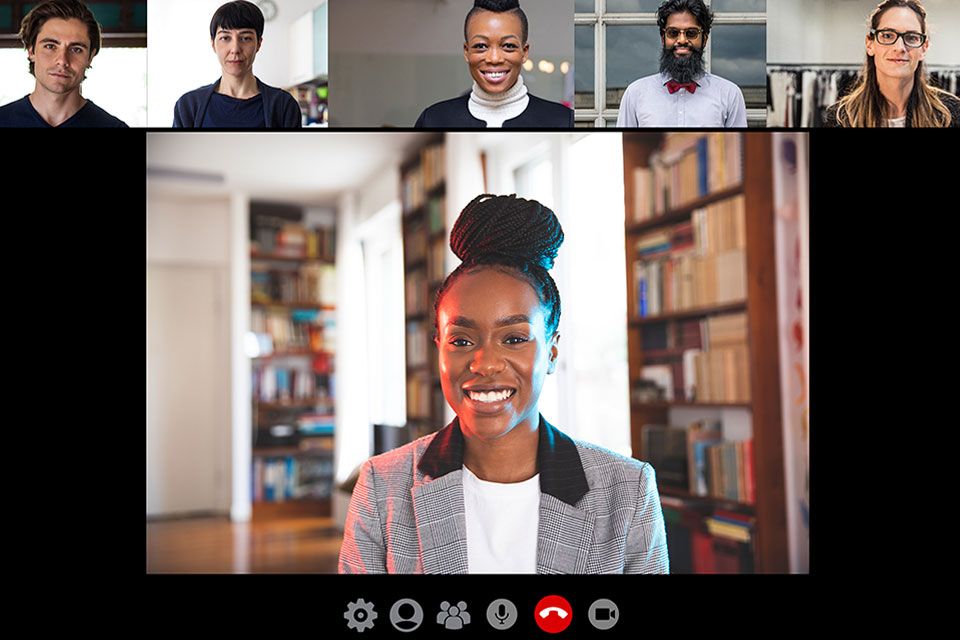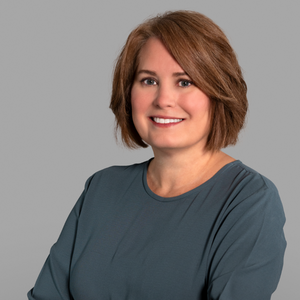“We love learning but hate school.” This was one of the learnings in a study of disadvantaged youths in Los Angeles cited by Dr. Paul LeBlanc, President of Southern New Hampshire University, in a session titled “The New U: The Age of Continuous Connection” at the American Council on Education Annual Meeting. Dr. LeBlanc’s point was clear: This is the mantra of the current student – the digital natives – and higher ed needs to understand this type of thinking and begin building new business models stat.
ACE2021 took place this past week in a virtual setting. Readers may recall that ACE2020 was canceled last year, and there was no time to move to a virtual format, so it was great to attend this year. The investment of the time and money was well worth it. I want to use today’s blog post as a recap of the Top 5 sessions from the list I attended in case you missed them or didn’t have a conference pass.
The recurring theme throughout the conference was clear – we all need to take hold of a baseball bat and smash the status quo in higher ed. This reality was also spoken with transparency: HOW? While most presenters offered wonderful ideas and solutions, as well as optimism and encouraging words about the agility higher ed has demonstrated the last year, the feeling in the air seemed to be, “There’s a difference between saying versus doing.”
Before we tackle that hairy problem, let’s go back to my opener. “We love learning but hate school.” I didn’t bat an eye at this. Why? Because this is exactly what my 19-year-old says all. the. time. A freshman at a public university, my daughter loves to learn but struggles with some of the long-time traditions higher ed clings to and with being a number or statistic. I won’t get into the details here – that’s a whole other blog post perhaps – but her experience was echoed in this session by Dr. LeBlanc, who along with author Jeff Selingo, said that in the current higher ed model, disciplines and institutions are loved but questioned whether students are loved. They advocated for building student-centered campuses that eliminate points of friction, such as administrative offices closing at 4:30 PM. These themes were also explored in the session “Increase Enrollment and Retention through Student Experience,” which focused on how to serve and motivate all types of learners to expand the enrollment opportunities and construct learner-friendly models, with an emphasis on the non-traditional learners that higher ed must recruit to combat the 18-24 year-old population plunge we’ll see in 2025 (oh yeah, remember THAT looming crisis – well, it’s still going to happen, the presenters reminded us.)
Dr. LeBlanc and Mr. Selingo also addressed the inequities of the traditional model that contributes to this dislike of “school.” Time is the enemy of the disadvantaged, and the traditional higher ed model is too time-consuming. Solutions such as offering a 12-month academic schedule, earn and learn options, and learning for learning’s sake abound. Shifts in thinking and strategic investments in technology will be required to change these models. Dr. LeBlanc articulated a position that we at Apogee have been talking about extensively: technology is not a utility. It must be part of the university’s strategic platform and a driver of change, where IT needs a seat at the cabinet table to ensure tech initiatives are aligned to support all other initiatives.
Our analysis of 491 higher ed pre-pandemic strategic plans, available online in our interactive report, bears this out. We found a 19-point gap between pedagogy initiatives and technology initiatives. We saw this play out in real-time this last year with the difficult shift to emergency remote learning and the realization that blended learning is here to stay post-pandemic. The Apogee session “Align Technology and Pedagogy to Win,” which I hosted with my colleague Matt Loecke, addressed this gap head-on and offered advice to the audience for how to break down the silos and give IT a seat at the table as a partner to innovate.
This is a good segue to recap the session “The New Normal: Higher Education in a Post Covid-19 World,” moderated by David Richardson of TIAA with impressive guest speaker Howard University President, Dr. Wayne Frederick. Howard University had a 17% increase in enrollment last year and expects gains again this coming year, an incredible feat since the sector experienced an overall drop of 4.4% in enrollment in Fall 2020.
Howard University recognized the opportunities the pandemic presented to strengthen their mission and better serve students and acted. Here’s just a sampling of the changes: consolidation of graduate programs under one umbrella; engagement with an employment placement company that already had deep expertise in placement through virtual means; pushing the library to be an interactive space, not just a quiet place; modifying classrooms for the blended learning model; engagement with P3 models to insulate them from financial challenges; new funding models for innovation; and collaborations with other schools. The theme of technology also emerged in this session, with Dr. Frederick citing its role in enabling the school to provide options for all stakeholders.
My favorite session – after the Apogee session, of course! – was “What Keeps You Up at Night: Inside Higher Ed’s 2021 Survey of Presidents.” The concepts and conflicts this session raised deserve their own blog post, so I’ll commit right here to circle back to this topic soon when I have more time to digest the findings from the Inside Higher Ed survey, which is available here.
This was probably the best session I have attended the last year, and I attend many events online. A lot. The Inside Higher Ed moderator, Doug Lederman, challenged the three college presidents on the panel, highlighting the inconsistencies and disconnects in the survey, notably those issues that keep them at night versus the changes they are focused on making happen. They don’t match up.
The panel did a wonderful job also in confronting the inconsistencies and the higher ed dilemma of trying to transform an industry with a centuries’ old culture. Change is hard, and universities are creatures of habit, posited Dr. Carrie Hauser, President of Colorado Mountain College. There was a lot of optimism in the survey also, and this doesn’t necessarily translate into what’s happening on the ground, with SUNY at Albany President Dr. Havidan Rodriguez remarking, “Optimism without action will leave us where we are today.” And Dr. Dana Mary Hinton, President of Hollins University, reminded the audience that a community of trust between Administration and Faculty is needed to implement change for the better.
Again, there was a lot to unpack from this session, and they didn’t record it, so be on the lookout soon for another blog post on this ongoing conflict we see in higher ed between words and action.
But wait, there’s more! I was going to end the blog there, but there’s another session that deserves a spot, so we’ll make this a Top 6 list. My Top 6 session was “Lessons Learned from Online Education,” where the CEO of Noodle had an engaging conversation with University of Tennessee Chancellor Donde Plowman. Ms. Plowman also talked about the 18-24-year-old demographic hit that is coming and said higher ed must be looking for learners and building new pathways for them. She also called on public institutions to stop chasing each other’s students to subsidize programs with out-of-state tuition and wondered aloud what would happen if this practice did indeed cease. She also foresees a more collaborative higher ed, where a student could complete a major at more than one school simultaneously (imagine that!) and where online programs supplement majors. She painted a vivid picture of a liberal arts student being able to take analytics classes online and what a powerful combination that would be.
Let’s end on that dreamy note. Thanks for reading, and please contact us – we’d love to dialogue with you about these issues and how technology can help.





